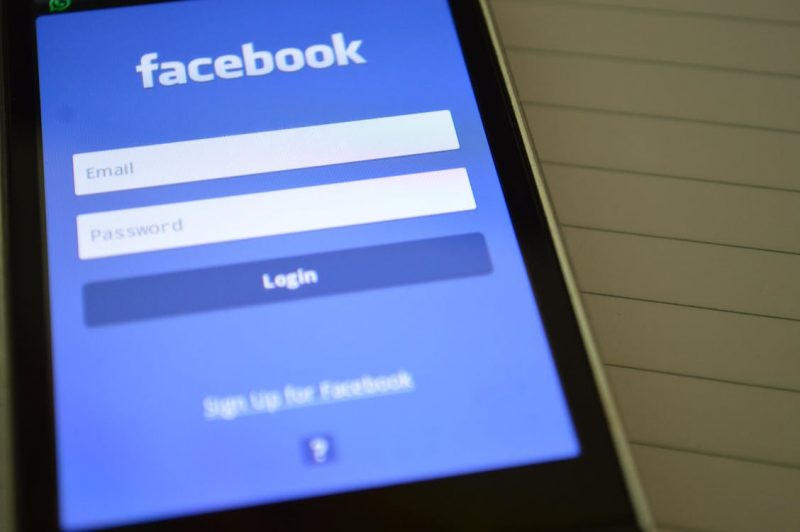
In a recently published study in Vaccine, we explored whether a social media health campaign was successful in increasing human papillomavirus (HPV) vaccination uptake among adolescents in Philadelphia.
Human papillomavirus (HPV) is the most common sexually transmitted infection in the United States and persistent HPV infection can cause cancer and genital warts. Adolescents, starting at age 11 or 12 years old, are recommended to get the HPV vaccine, but uptake of the HPV vaccine in the US has remained suboptimal.
Other research studies that focus on HPV vaccine uptake have mainly focused on the perspectives of health care providers and parents — very few studies focus on the adolescent perspective. The Philadelphia Department of Public Health (PDPH) launched an HPV vaccine education campaign through Facebook called 3forME, which engaged adolescents directly about the HPV vaccine.
Over the course of one year, six Facebook advertising campaigns were developed to direct adolescents to the 3forME Facebook page and website. Adolescents with a Facebook account who self-identified as 13-18 years of age and living in Philadelphia were prioritized to receive advertisements. Advertisements, which ran for two-week periods, were displayed on the right side of the Facebook login page and varied by themes, images, and text, each linking to HPV immunization. Additionally, we sent reminder-recall letters to adolescents who were due for HPV vaccine at two city health centers where we held weekly vaccine clinics.
We measured three main outcomes for each advertisement campaign: 1) Reach, the number of individuals who saw any activity related to our page including posts, ads, and comments; 2) Engagement, the number of individuals who clicked, liked, commented on, or shared 3forMe page posts; and 3) Likes, the number of individuals who became fans of our page.
Between July 2012 and July 2013, all campaigns accrued more than 3,400 unique fans. Each advertising campaign had varying success rates based on key metrics — for example, a campaign that focused on HPV disease risk had the highest reach and engagement but that did not translate into a large number of adolescents liking the Facebook page as a result. Overall, there was a lot of interest in the campaign as shown by the number of likes and engagement, but that did not translate into Philly adolescents getting the HPV vaccine — 152 adolescents got vaccinated as a result of the project. The vast majority of adolescents were prompted through reminder-recall letters, and only 2 adolescents signed up through the Facebook page.
Based on metrics from Facebook, the project was well-received, far-reaching, and generated awareness and conversations among Philadelphia adolescents, but the advertising campaigns did not translate into HPV vaccine uptake — even when common barriers of parental consent and cost were minimized. In this case, social media clicks did not lead to health behavior change — we actually found that more traditional methods like reminder-recall letters might be more successful in increasing uptake among adolescents. Future studies should continue to explore ways in which they can engage adolescents in decision-making regarding the HPV vaccine.
These findings are described in the article entitled Using Facebook to reach adolescents for human papillomavirus (HPV) vaccination, recently published in the journal Vaccine. This work was written by Salini Mohanty from the University of Pennsylvania and Philadelphia Department of Public Health, Amy E. Leader from Thomas Jefferson University, and Emily Gibeau and Caroline Johnson from the Philadelphia Department of Public Health.









